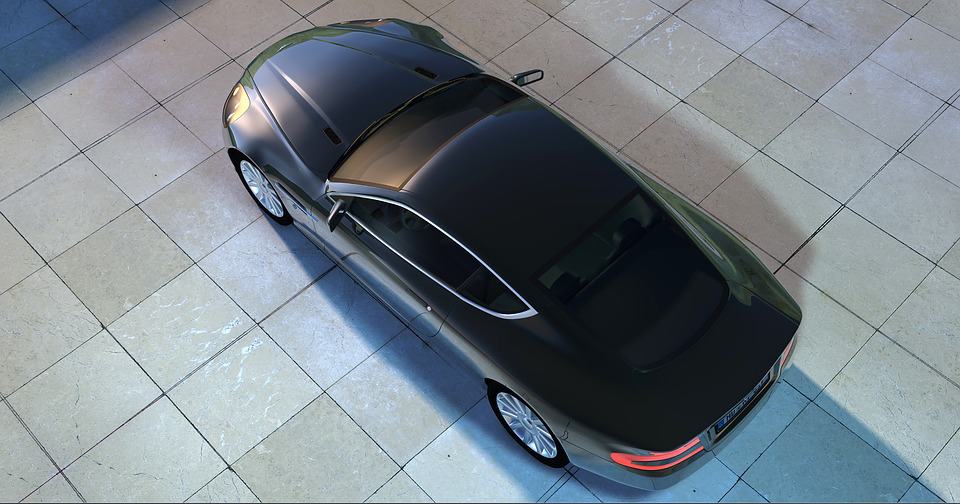Few things can be compared to the beauty of a brand new car, with the exception of a car that’s been professionally repainted. It’s actually possible to have your car repainted with a level of expertise that restores its original glory. When a car has been damaged, Brisbane Panel Repair uses waterborne paints and innovative technology for a complete restoration that will surprise you.

Whether you have a car or truck, you’ll be eager to see the results of a car painted by trained professionals. Below are some of the steps that are typically involved in the process.
1. Planning
There’s an important aspect of painting a car that requires a significant amount of planning because there are certain factors that can completely change the outcome. For instance, the location of the job must be controlled because a room that might be subject to any type of inspects is a problem. Even if it’s just a fly, a bug inside of the room where the paint job takes place can extend the amount of time it takes to complete the process. It’s imperative to be sure the location does not contain any issues with insects.
Another important part of the planning process is making sure the room is temperature-controlled and ventilated. Needless to say, a professional paint job won’t take place in a random outdoor setting. It will likely occur in a room that’s not too cold or too hot. The average temperature should be about 70 degrees, give or take 15 degrees.
2. Resurfacing
Paint tends to show mistakes easily, which this especially true when it comes to the paint on a car. As a matter of fact, painting a car requires a much higher standard because you can see every small scratch or flaw that exists. The purpose of resurfacing is to make sure the surface is taken down to the metal before it’s sprayed with color. Sometimes a bad paint job is the result of a failure to resurface the vehicle enough, which causes the car to have a less than stellar appearance.
3. Block Sanding
It goes without saying that a car must be sanded before it’s painted. The purpose of sanding is to make sure the car’s surface is even and absolutely no uneven spots exist. The experts responsible for the standing process are adept at identifying any areas that are higher or lower than others. It’s a process that should be performed with a professional quality sander to achieve optimal results.
4. Derusting
Derusting a vehicle is just as it sounds; getting rid of any rust that exists on the body of the vehicle. There are many instances when a car was damaged a long time ago and sat in either a garage or outdoors where natural elements caused rust and corrosion. When that happens, a significant amount of rust removal is required. In recent years, there have been a lot of different products for rust removal to hit the market, including sprays that eliminate a good amount, if not all of the rust that exists on a car.
In fact, there are products that can remove rust within just two days. It’s one of the many ways in which technology is simplifying the car restoration process and improving the final results.
5. Priming
There will always be a need for a car to be primed for painting. There is no other way to obtain the desired results. In fact, most experts will prime the car more than once and use filler primer because it’s thicker. The value of filler primer is that it can fill dents, scratches and dings, which is perfect for minor jobs. The chemicals in primer enables paint to stick to metal better than it would otherwise.
6. Detaching
Most cars have emblems, trims and other elements attached that need to be detached before you move forward with painting the vehicle. For professional quality results, it’s best to remove anything that’s detachable to prevent any paint mishaps.
7. Matching
Matching isn’t just about matching the paint color with the order. You actually have to make sure all substances used on the car are compatible. For instance, the primer that you select must be a good match for the paint that you choose. The goal is to avoid any problems with compatibility. There is also the issue of matching the paint based on the desired outcome.
8. Masking
Masking is required if you want to avoid any paint bleed through. This is a process that cannot be taken lightly because it can destroy an otherwise perfect paint job. There was a time when newspaper was used for masking, but it became a problem since the ink from the newspaper would sometimes transfer to different parts of the vehicle. It’s best to use professional quality masking paper.
9. Detailing
Just before the painting phase, the vehicle must be detailed. Instead of just cleaning the car, it must be thoroughly cleaned on the outside just as if you were detailing any other vehicle that’s already painted. That means the cleaning solution must be strong enough to remove grease and you must use a cloth that will not leave any particles on the car.
10. Painting
Once all of the above referenced steps are completed, it’s time to spray paint the car. Many experts will take time to test the color before painting the entire car. This can possibly save a lot of time and money. For instance, if there’s an issue with the primer and it causes a change in the color, it doesn’t make sense to find out after the entire car has been painted.
When a paint job follows all of these steps, you will be surprised and amazed by the outcome. It’s sometimes shocking how well a car looks when it’s been painted by experts.
Also Read- 10 Most Creative Car Designs [The Complete Guide]










